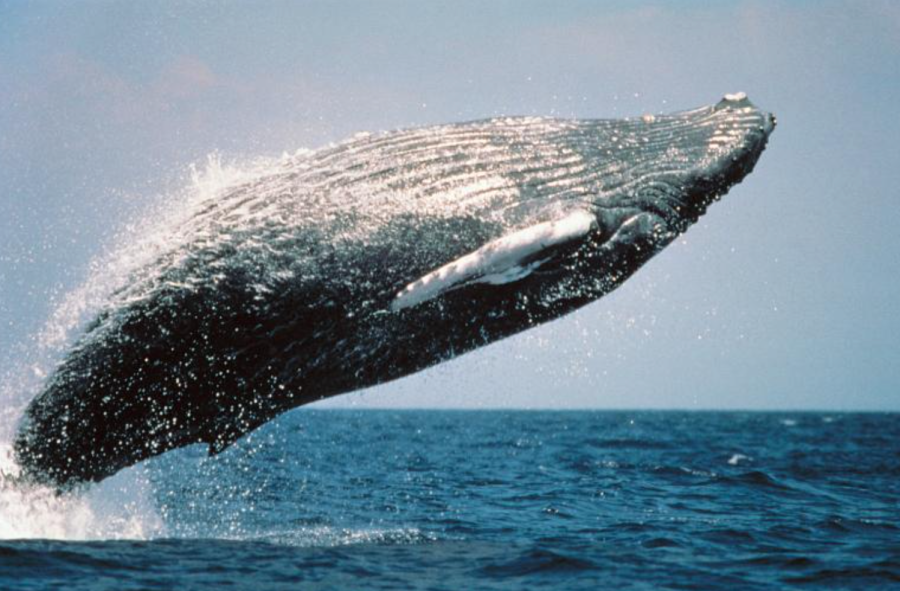Falcon Fact #6 – Peto’s Paradox and Hypertumors
Think of a blue whale. Now think of an ant. Which would you think is more likely to have cancer? Many assume that the larger animal has a greater chance of developing cancer, simply because it has thousands of times the number of cells that have the potential to turn carcinogenic. While this is true, these larger animals still tend to live longer despite their enormous number of cells. Science shows they “do not exhibit an increased cancer risk, suggesting that natural mechanisms can suppress cancer 1,000 times more effectively than is done in human cells.” The curious lack of “correlation between body size and cancer risk” is known as Peto’s Paradox. How does this work?
Researchers John D Nagy, Erin M M Victor, and Jenese H Cropper propose a fascinating explanation: the hypertumor. The researchers hypothesize that “natural selection acting on competing phenotypes among the cancer cell population will tend to favor aggressive ‘cheaters’ that then grow as a tumor on their parent tumor, creating a hypertumor that damages or destroys the original neoplasm.” Essentially, large animals have large tumors that can grow tumors which can go back damage, shrink, or kill the parent tumor.
Because large animals like whales have such enormous numbers of cells, which in turn increases the likelihood that they grow the initial cancerous tumors, these tumors are disadvantaged in huge animals. “Tumors need more time to reach lethal size, so hypertumors have more time to evolve. So in large organisms, cancer may be more common and less lethal.”





























